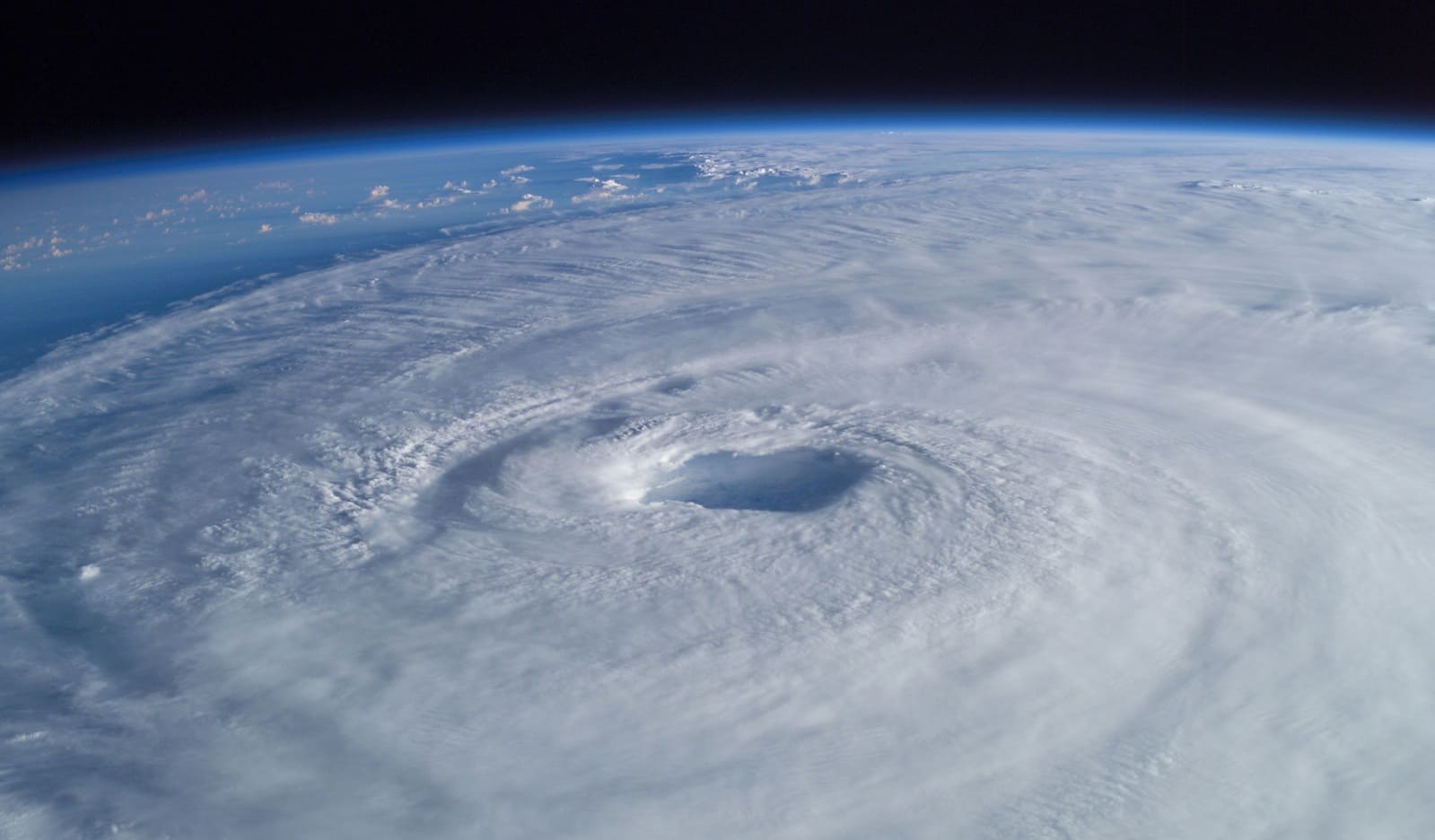
NASA/File
Hurricane Milton, one of the strongest hurricanes in history in the Atlantic Ocean, reached sustained winds of 290 kilometers per hour on Monday with gusts of 320 kilometers per hour. Its central atmospheric pressure has fallen to 897 hePa, the lowest in the past 20 years for a hurricane in the Atlantic Basin, and exceeded in recent decades only by Wilma in 2005 at 882 hePa; Gilbert in 1988 with 888 hPa; and Rita in 2005 with 895 hPa.
Milton’s extreme intensity placed it at the top of the most intense Category 5 hurricanes, the maximum on the Saffir-Simpson hurricane scale. Tropical cyclone experts described that Milton had reached the violent intensity that a hurricane can reach due to the physical limits of the atmosphere in the region, which is called maximum potential intensity.
This ended up sparking a major debate about introducing a new Category 6 hurricane scale, with climate change causing extreme weather events to intensify. But this is a very controversial and controversial topic in the meteorological community, especially among hurricane experts.
The rapid intensification of tropical cyclones and the storm’s enormous destructive potential has reignited debate on social media over whether or not to introduce a Category 6 on the Saffir-Simpson scale used by the National Hurricane Center for hurricanes in the Atlantic and eastern Pacific Oceans.
Earlier this year, two researchers from Lawrence Berkeley National Laboratory and the Space Science and Engineering Center argued that the increasing impacts of climate change may soon force the addition of a sixth category hurricane to describe storms with wind speeds greater than 192 mph (308 km). /h).
Scientists Michael Weiner and James Cossin said the expansion of today’s storms “is increasingly problematic for transmitting wind hazards in a warming world,” and warned that severe storms are likely to become more common as climate change worsens.
The National Hurricane Center said in February that it had no plans to add a Category 6 hurricane to its hurricane scale. Many forecasters claim that there is no evidence that adding a sixth category would “improve people’s preparedness or decision making.”
Liz Ritchie Tew, a professor of atmospheric sciences at Australia’s Monash University, wrote in an article for The Conversation that “based on the understanding that Category 5 winds and above lead to catastrophic outcomes, it is difficult to see how adding a Category 6 could help the public.” If Category 5 means catastrophic consequences are expected, so what does Category 6 mean?
Other climate experts say wind speed categories should be downplayed, arguing that they do not adequately reflect a hurricane’s broader potential impacts, such as inland flooding.
The worst impact of Hurricane Helen occurred a few days ago when the cyclone had already been downgraded from hurricane status to a tropical storm (winds less than 120 km/h), but it brought heavy rains that caused catastrophic flooding and landslides in the interior of the continent that caused more than 200 deaths.
But even if there were Category 6 storms, Milton wouldn’t be one of them. The storm’s maximum sustained wind speed was 180 mph (290 km/h) Monday night, 12 mph (19.3 km/h) less than suggested by researchers supporting Category 6.
But over the past few decades, how many storms have met the (now non-existent) Category 6 hurricane criteria? Of these, only one threatened North America. Hurricane Patricia struck Mexico as a Category 4 hurricane in 2015, and before making landfall, it became the strongest storm ever recorded in the Western Hemisphere, with winds of 215 mph (346 km/h). The other four storms occurred in the western Pacific Ocean, where tropical cyclones were designated as hurricanes and the Saffir-Simpson scale was not used.
Climate change has not caused a noticeable difference in the number of tornadoes that hit the United States each year, but it has been blamed for intensifying those that do form.
Higher sea surface temperatures allow for more intense evaporation, allowing storms moving over warmer waters to receive more water vapor and heat, resulting in more rainfall and stronger winds.
MetSul Meteorologia is available on WhatsApp channels. subscription here To access the channel in the messaging app and receive forecasts, alerts and information about the most important weather and climate events in Brazil and around the world, with exclusive data and information from our team of meteorologists.



![[VÍDEO] Elton John’s final show in the UK has the crowd moving](https://www.lodivalleynews.com/wp-content/uploads/2023/06/Elton-John-1-690x600.jpg)

More Stories
A South African YouTuber is bitten by a green mamba and dies after spending a month in a coma
A reptile expert dies after a snake bite
Maduro recalls his ambassador to Brazil in a move to disavow him and expand the crisis